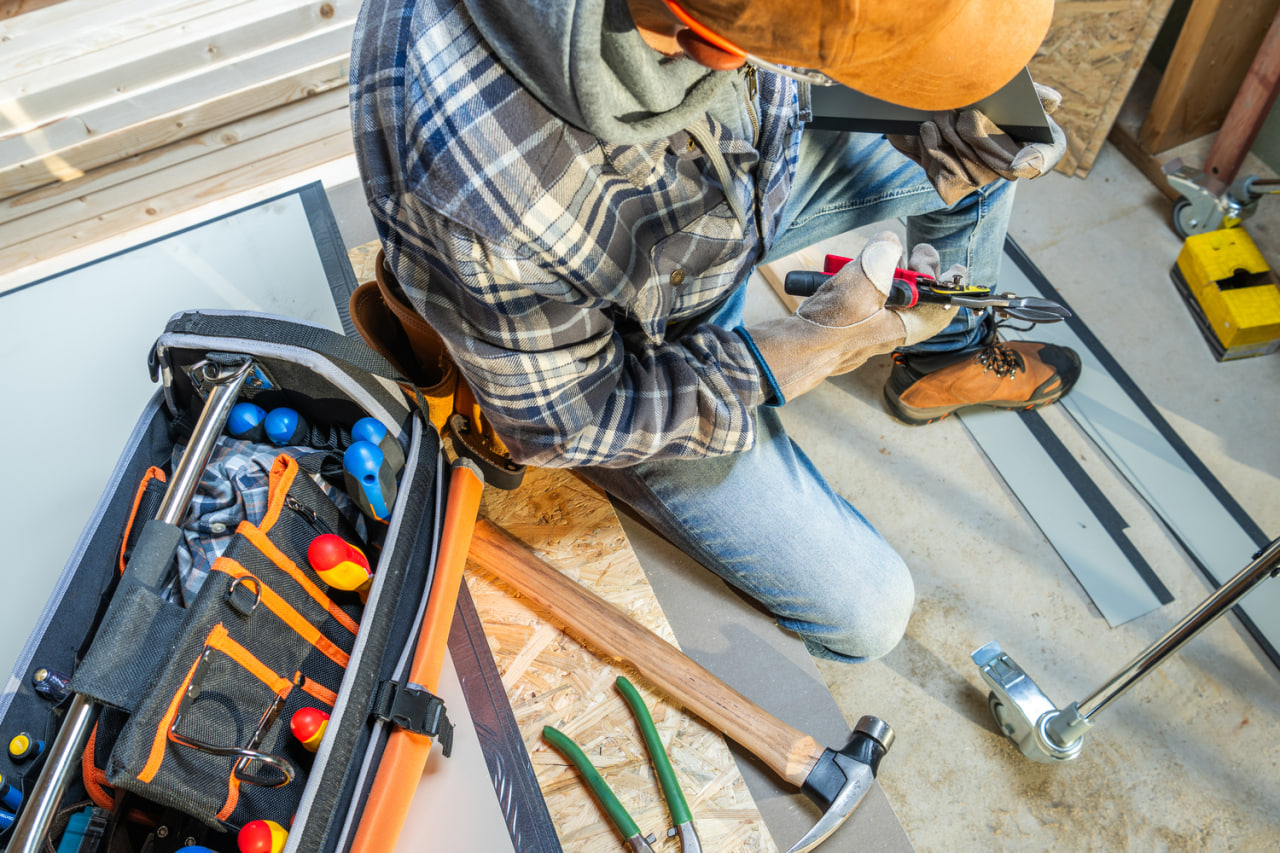Address
304 North Cardinal St.
Dorchester Center, MA 02124
Work Hours
Monday to Friday: 7AM - 7PM
Weekend: 10AM - 5PM

Keeping your tools in excellent condition is one of the smartest investments any homeowner, craftsman, or DIY enthusiast can make. Well-maintained tools perform better, last longer, and help you work more efficiently and safely. Whether you rely on your tools for daily repairs or occasional projects, proper care ensures they remain reliable for years to come.
One of the simplest yet most effective maintenance habits is cleaning your tools immediately after using them. Removing dust, dirt, grease, or moisture prevents rust and buildup, which can weaken components or reduce accuracy.
Hand tools like screwdrivers, hammers, wrenches, and pliers benefit from quick wipe-downs with a dry or slightly damp cloth. Power tools require more thorough cleaning, especially around vents, blades, and attachments. Compressed air can help remove debris from tight spaces.
Regular cleaning also gives you a chance to spot early signs of damage, such as cracks, fraying cords, or loose screws, allowing for timely repairs.
Metal tools need proper lubrication to ensure smooth operation and prevent corrosion. Applying light machine oil to moving parts such as hinges, joints, and bearings reduces friction and extends tool life.
For tools prone to rust, including saw blades, chisels, and pliers, using rust-preventive sprays or protective coatings creates a barrier against moisture. Storing tools in a dry environment with controlled humidity also helps prevent corrosion.
Keeping blades sharp and rust-free not only improves performance but also enhances safety by reducing the force required during use.
Storing tools correctly is essential for maintaining their condition and ensuring quick access during projects. A well-organized storage system prevents tools from getting damaged, lost, or exposed to harmful elements.
Toolboxes, wall racks, pegboards, and drawer organizers keep tools separated and protected. Power tools should be stored in their original cases when possible, as they provide cushioning and moisture protection.
Avoid storing tools in damp areas such as basements unless dehumidifiers or moisture absorbers are in place. Good ventilation and stable temperature conditions extend the lifespan of both hand and power tools.
Scheduled inspections help catch problems before they become severe. Checking tools periodically allows you to identify issues such as worn-out components, loose fasteners, or misalignment.
Power tools especially require routine maintenance. Examining electrical cords, switches, and battery connections reduces safety risks. Replacing filters, brushes, or belts ensures top performance and prevents overheating or malfunction.
Blades, drill bits, and cutting attachments should be sharpened or replaced when dull. Sharp tools reduce strain, create cleaner results, and minimize the risk of accidents caused by slipping.
Cordless tools rely on batteries that require proper handling to maintain peak performance. Following correct charging practices helps extend battery lifespan and prevent premature failure.
Avoid leaving batteries on the charger for long periods and store them in a cool, dry place when not in use. Using batteries regularly keeps them active and prevents deep discharge, which can degrade capacity.
Cleaning battery contacts ensures good electrical connection and consistent output. When batteries begin losing charge quicker than usual, replacing them promptly keeps your tools functioning at full strength.
Cutting tools are only as effective as their blades and bits. Regular sharpening or replacement ensures smooth, accurate results and protects the motor from unnecessary strain.
Saw blades should be cleaned of resin and pitch buildup, which can cause burning or slow cuts. Drill bits benefit from sharpening or swapping out when they start creating rough holes.
Maintaining cutting edges also reduces kickback and vibration, creating a safer and more comfortable working experience.
The way tools are used significantly affects their longevity. Misuse or applying excessive force can cause premature wear, bending, or breaking.
Using the right tool for the task protects both the tool and the user. For example, using a screwdriver as a pry bar, or a wrench as a hammer, results in damage that proper care cannot fix.
Following manufacturer guidelines, respecting weight limits, and using compatible attachments ensure safe and efficient operation. Proper use is one of the most effective maintenance methods.
Many tools can be restored with simple replacement parts, reducing waste and saving money. Instead of discarding a tool with a worn component, replacing handles, cords, blades, switches, or brushes can restore full performance.
Repair kits for common tool brands make maintenance accessible even for beginners. Learning to perform basic repairs builds confidence and extends the useful life of your equipment.
Consistency plays a major role in tool longevity. Establishing a routine that includes cleaning, lubrication, inspection, and testing keeps tools functioning at their best.
A monthly or seasonal schedule ensures no tool is neglected, especially those used infrequently. Maintaining a checklist helps track repairs, replacements, and issues that need monitoring.
Making tool care a habit not only preserves quality but also enhances your productivity across all home repair and crafting projects.
Maintaining your tools is more than just a practical responsibility; it is a long-term investment in efficiency, safety, and craftsmanship. Whether you’re building, repairing, or creating, well-cared-for tools support every project with reliability and precision.